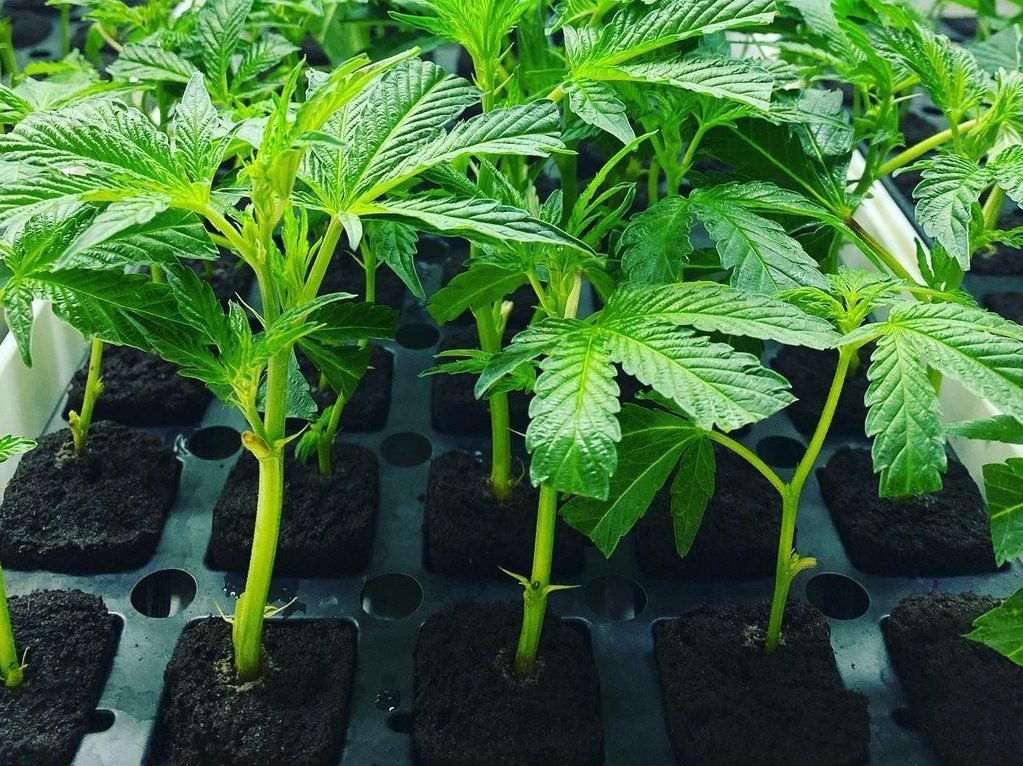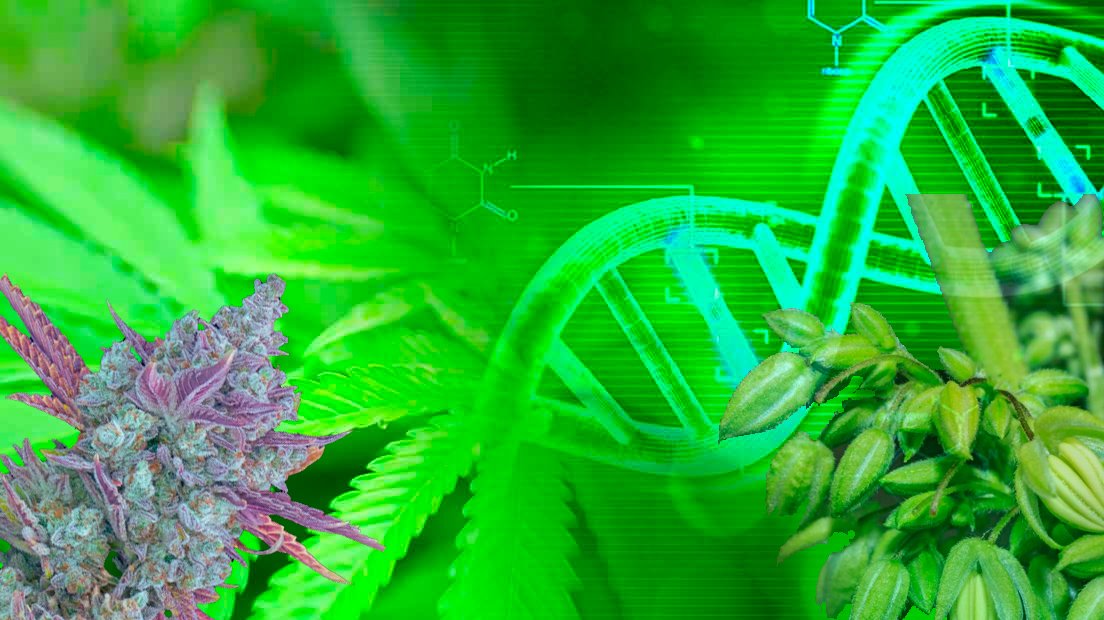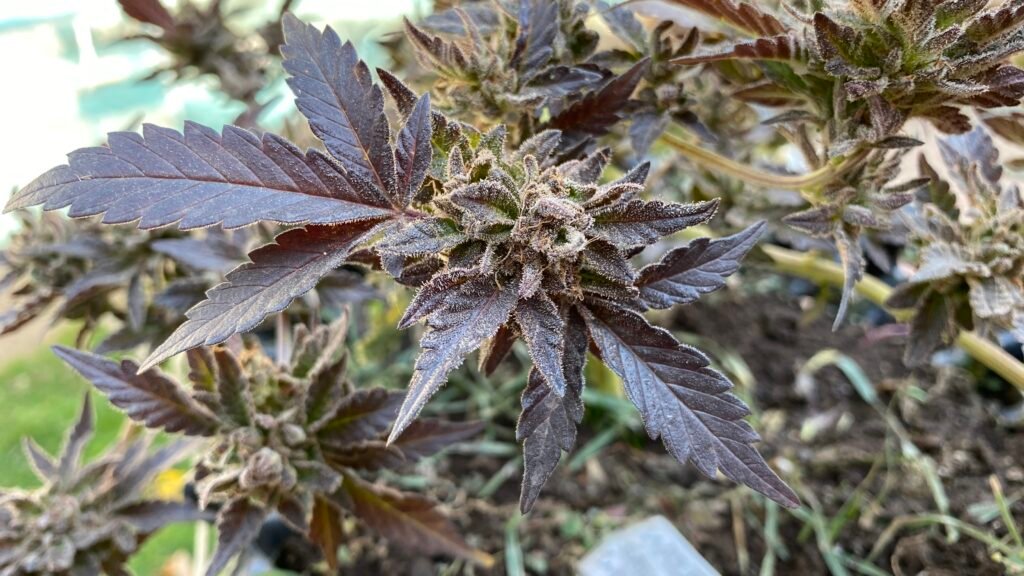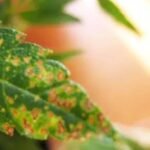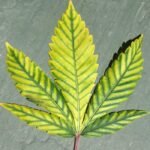Phenotype is the physical expression of specific genes activated by the environment; in other words, it refers to all observable traits and characteristics, both physical and biochemical, as well as behavioral.
Genotype, on the other hand, determines how an organism will grow, or at least its possible developmental options, as it corresponds to the complete genetic makeup (set of alleles—or versions of a gene – inherited ).
Interaction between Phenotype, Genotype and Environment
The set of characteristics expressed in the Phenotype are due to the interaction between the Genotype (genetic information) and the environment (factors such as diet, surroundings, and external elements).
We’ll simplify the explanation with an equation:
Genotype (G) + Environment (E) Interaction between Genotype and Environment (GE) = Phenotype (F)

In other words, the Phenotype is the result of the interaction of the Genotype and the Environment.
The Genotype is very important when understanding this equation, as this is one of the most common misunderstandings among growers. They often think that the environment is the only factor that influences the final outcome of the plant. However, genetics also has a lot to say in this regard.
No two marijuana phenotypes will ever be the same, even if it’s a batch of seeds of the same strain, the phenotype expressed will never be 100% the same. These seeds are siblings, but not identical twins; variations exist, no matter how consistent your cannabis crop is.
Indoors Marijuana
Growing indoors is a much safer environment for plants, with electric lights or hydroponics.
This unnatural environment for marijuana could lead to some loss of genotype, as it cannot achieve the full range of phenotype expression.
The biodiversity of marijuana plants indoors was reduced, and THC levels began to be increased by modifying the environment instead of focusing on other important cannabis chemical components such as CBD.
Phenotype expression focuses on seeking productivity and psychoactive potency. Likewise, there are a variety of indoor environmental factors that will activate certain genes in the marijuana genotype. These include light type, temperature, humidity, growing medium, nutrients, and ventilation.
Here we show you two indoor-grown Phenotypes of ppp Pure Power Plant variety from Nirvana seeds bank:
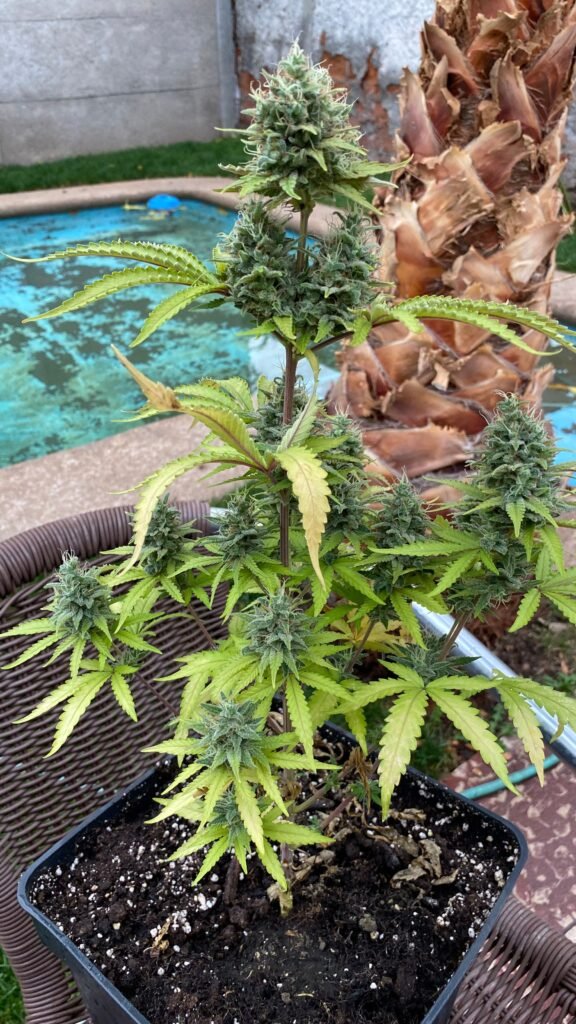
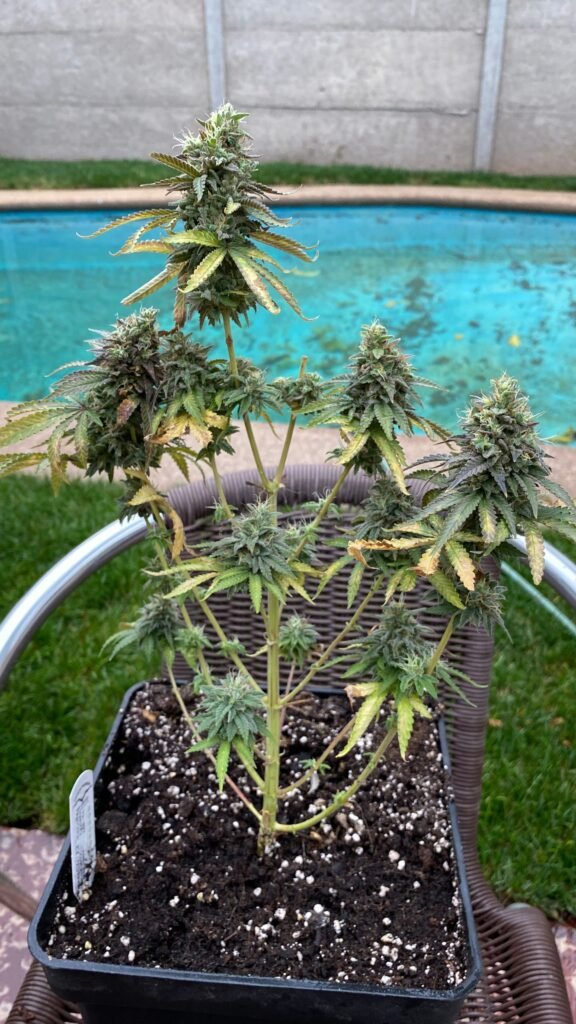
Hybridization
Hybridizing marijuana plants involves modifying their genotype; the best genetic aspects of both Indica and Sativa strains are sought within the same plant. The expected result would be a plant with a shorter flowering period but more stimulating effects.
With hybridization, the spectrum of options for expressing marijuana phenotypes began to expand: a plant no longer had Sativa or Indica traits; it could have a full range of both.
Because of the aforemnetioned reasons, it becomes more difficult to know what phenotype traits would occur in a hybrid plant.
Here we show you a Hybrid Phenotype grown outdoors; Watermelon Zkittlez Pyramid Seeds strain (click the arrow to see the color change of its leaves):
Cannabis Plants: Their Phenotypes and Genotypes
Short, resinous and heavy plants prefer latitudes between 50 and 30 degrees; these correspond to Indica marijuana plants.
On the other hand, the tallest marijuana plant, which shows slower growth and stimulating effects, corresponds to Sativa marijuana. This plant typically grows in equatorial climates around 30 degrees latitude.
The Phenotypes and Genotypes of these plants grew according to the specific characteristics of their environment.
Here we show you some strains:
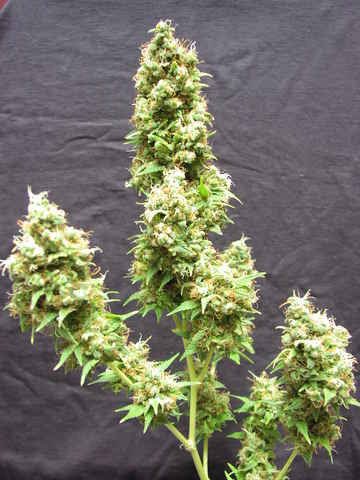

Phenotype and Genotype of Purple Marijuana
If we talk about plants with purple Phenotype and Genotype, it’a important to emphasize that no two outdoor and indoor plants will be identical: Outdoors plant will exhibit a more intense purple color than the indoors ones.
Although the Genotype possesses the same information to produce violet color, in this case, it’s environmental temperature varies the marijuana phenotype from one case to another.
This allows for two distinct physical expression (Phenotypes) of a comon genetic code (Genotype) to occur.
Here we show you the Black Cherry Punch strain from Pyramid Seeds bank indoors and outdoors:
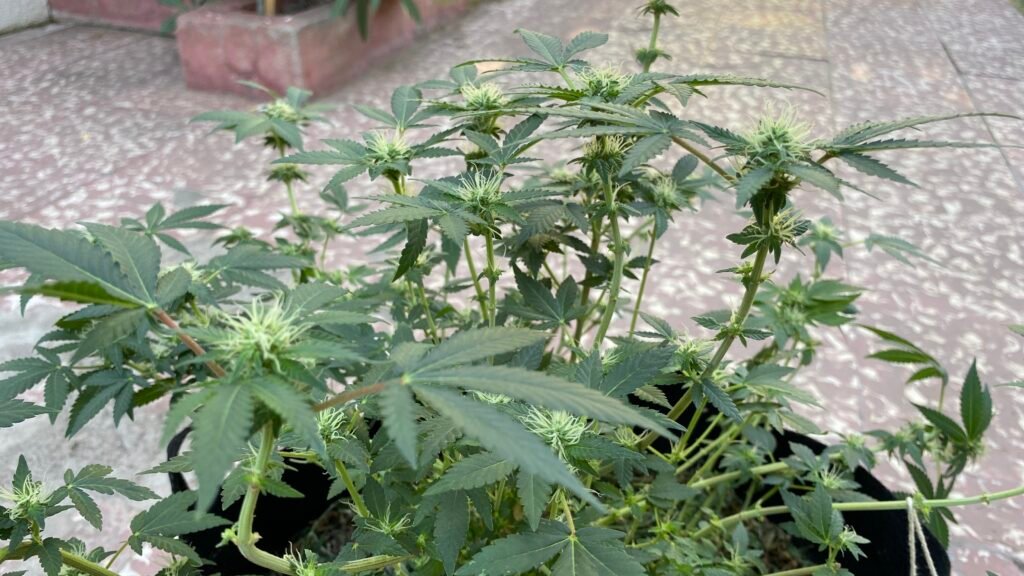
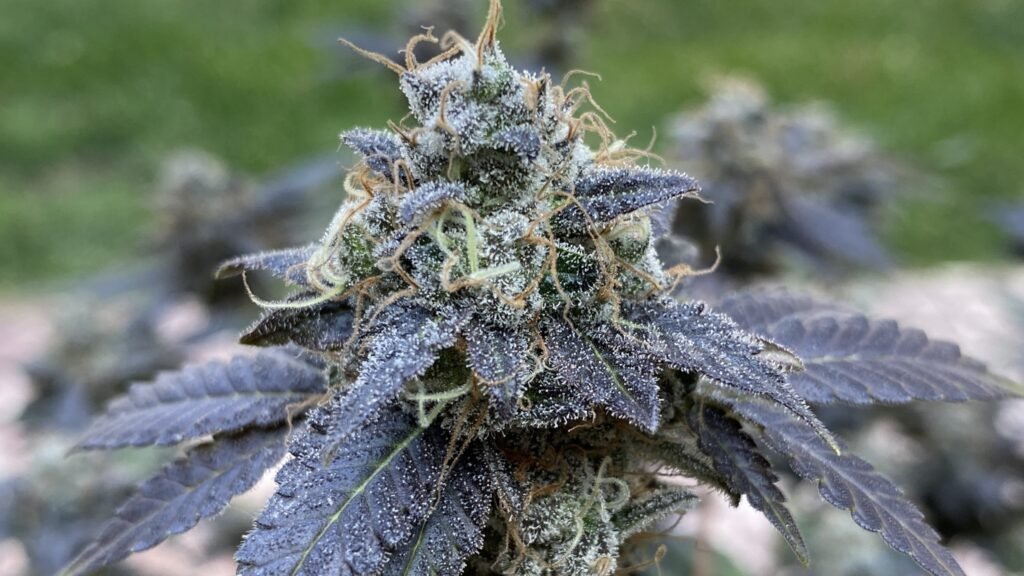
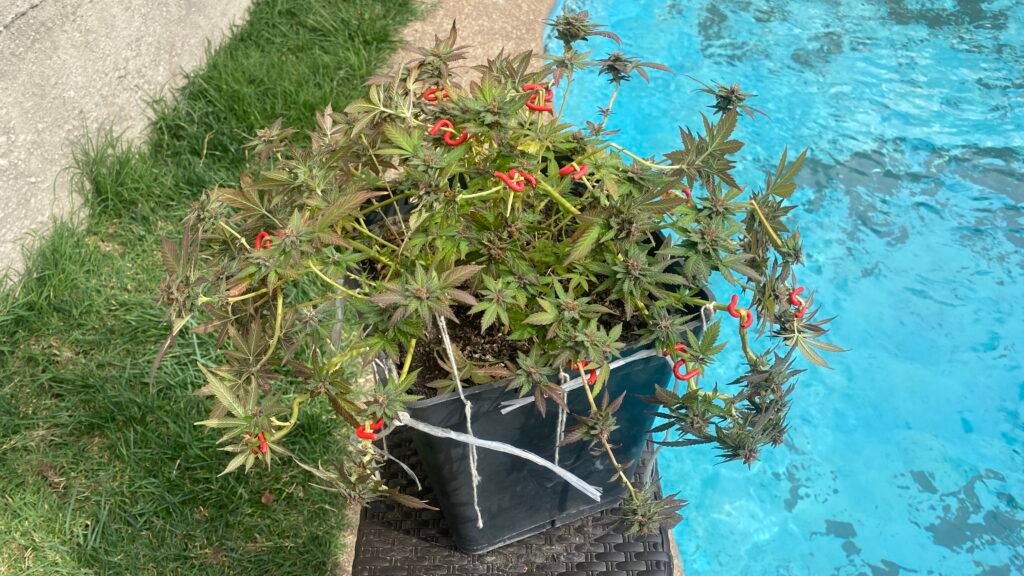

In the images you can clearly see the physical and tonal differences within the same purple strain: same Genotype, different growing medium, and therefore, differet Phenotype.
And if you’re a big fan of purple cannabis plants just like me, I highly recommend you to grow them outdoors so you can appreciate the true shades of purple they can take on, especially when flowering is allowed to occur between fall and winter, which are the best times of the year to harvest plants with the most beautiful purple hues.
Clones
Cloning marijuana is the only wat to know with certainty that the Genotype of the young plant will be the same that the mother plant. This is because the clone is an extension of the original plant.
To clone, you must breed a mother plant that can provide the clones necessary to ensure continuous cannabis cultivation. Thos, combined with constant environmental factors will result in plants with the same Genotype and very similar Phenotype.
If a group of clones are grown together and the environmental conditions are the same for all seedlings, each will produce a plant with identical characteristics. On the other hand, different environments will lead to plants with the same Genotypes but different Phenotypes.
